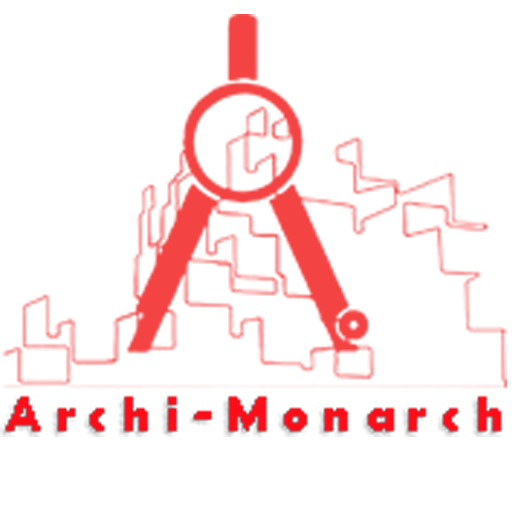In the context of a staircase, a “step detail” refers to the various components that make up each individual step.
This can include the tread (the horizontal surface on which one steps), the riser (the vertical surface that connects the tread to the next step), the nosing (the protruding edge of the tread), and any decorative elements such as molding or inlays.
It can also include the details of the step’s connection to the stair stringers, handrails, and balusters.
If you want to know about the working drawing or water tank detail or landscape detail, please click the link.
Image of step detail and downloadable (in DWG) link below

Step detail drawing – 6
A “step detail drawing” is a technical drawing that provides detailed information about the construction and design of the individual steps in a staircase. It typically includes dimensions, materials, and any relevant information about the structural elements of the steps, such as the tread, riser, nosing, and any additional decorative elements.
It may also include information about the connections to the stair stringers, handrails, and balusters. It is typically used by architects, builders and engineers as a guide to construct the staircase. It can also be used by other trades such as carpenters, plumbers, electricians, etc. to understand the location of the services they have to provide.
A step detail drawing typically includes the following information:
- Detailed dimensions of the tread, riser, and nosing.
- Information about the materials used for the tread, riser, and nosing, including thickness, type, and finish.
- Information about the structural elements of the steps such as the connections to the stair stringers, handrails, and balusters.
- The location of any decorative elements such as molding or inlays.
- Information about the stair’s nosing profile and the tread’s return.
- Information about the stair’s slope and rise.
- Information about the stair’s landing and any other details that are specific to the location of the stair.
- Specification of the stair’s code compliance, such as the stair’s riser height, stair width, handrail height, and any other relevant codes.
- Any additional notes or comments related to the construction or installation of the steps.
Step detail drawings are an important part of the construction process as they provide clear and detailed information about the steps. This ensures that the staircase is constructed correctly and to the correct specifications. These drawings are also helpful for maintenance, repair, and remodeling of the stairs in the future.
Our tips to help you improve your architectural step detailing.
